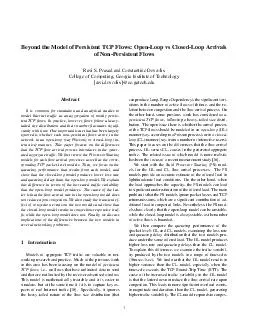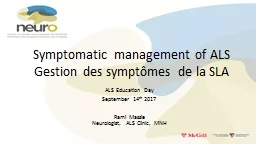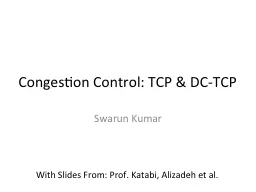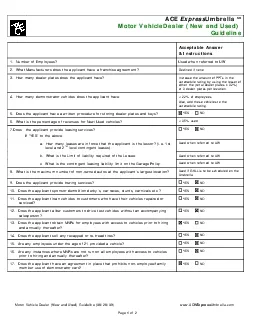PDF-Bey ond the Model of ersistent TCP Flo ws OpenLoop vs ClosedLoop Arri als of NonP ersistent
Author : giovanna-bartolotta | Published Date : 2014-12-23
Prasad and Constantine Do vrolis Colle ge of Computing Geor gia Institute of echnology ra vido vrolis ccgatechedu Abstract It is common for simulation and analytical
Presentation Embed Code
Download Presentation
Download Presentation The PPT/PDF document "Bey ond the Model of ersistent TCP Flo w..." is the property of its rightful owner. Permission is granted to download and print the materials on this website for personal, non-commercial use only, and to display it on your personal computer provided you do not modify the materials and that you retain all copyright notices contained in the materials. By downloading content from our website, you accept the terms of this agreement.
Bey ond the Model of ersistent TCP Flo ws OpenLoop vs ClosedLoop Arri als of NonP ersistent: Transcript
Download Rules Of Document
"Bey ond the Model of ersistent TCP Flo ws OpenLoop vs ClosedLoop Arri als of NonP ersistent"The content belongs to its owner. You may download and print it for personal use, without modification, and keep all copyright notices. By downloading, you agree to these terms.
Related Documents














